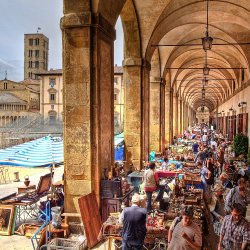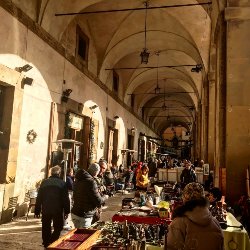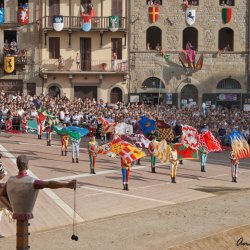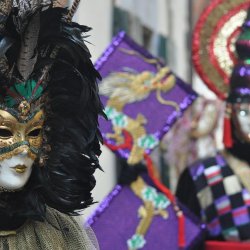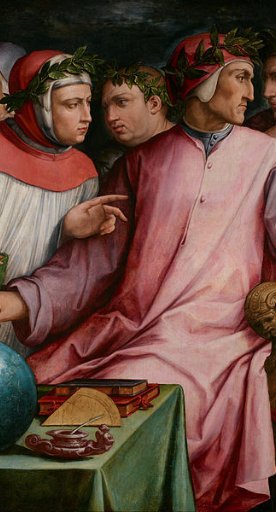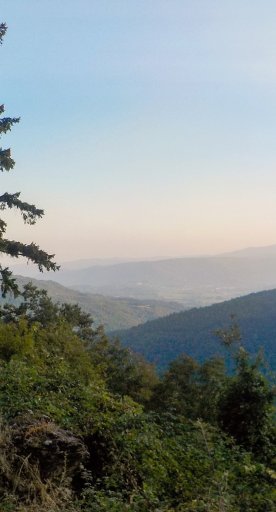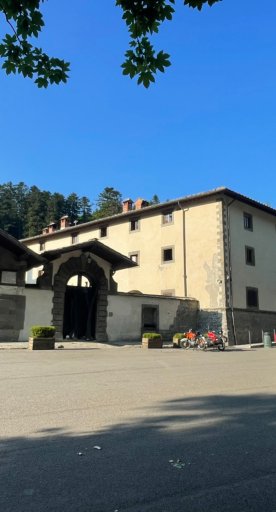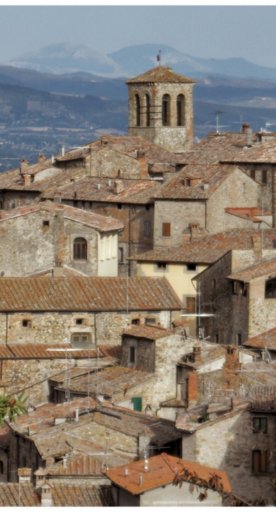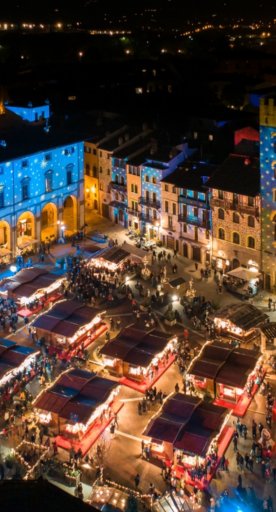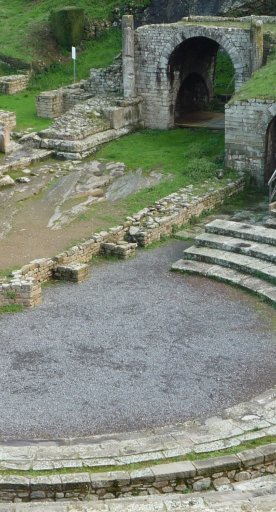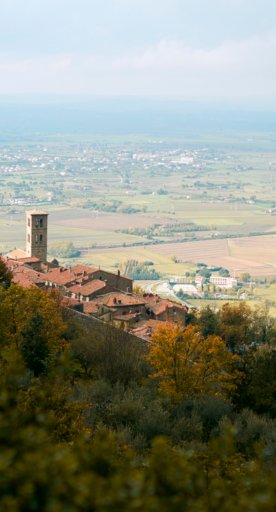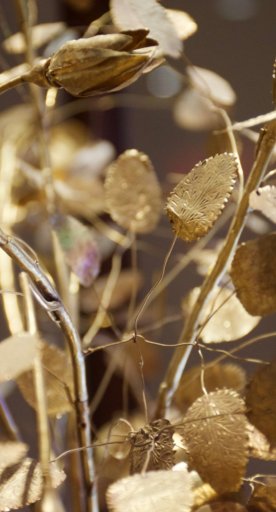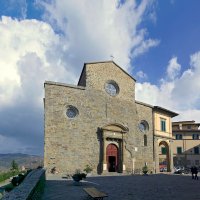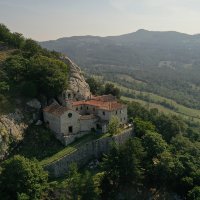Bucket list destinations in Tuscany
10 hidden gems in all corners of the enchanting region
Is visiting Tuscany on your bucket list? It definitely should be! But did you know that within Tuscany itself, there’s a long list of hidden gems that could make for a second bucket list, scattered across the region and home to endless traditions and history. We’ve put together a list of 10 of these stunning towns from each province, best kept secrets that are worth a visit. So head out on your adventure, checking the towns off as you crisscross Tuscany!
-
1.Castiglion Fiorentino
-
2.Pontassieve
-
3.Sovana
-
4.Sassetta
-
5.Massaciuccoli
-
6.Montignoso
-
7.Lari
-
8.Abetone
-
9.Montepiano
-
10.Radicondoli
Castiglion Fiorentino
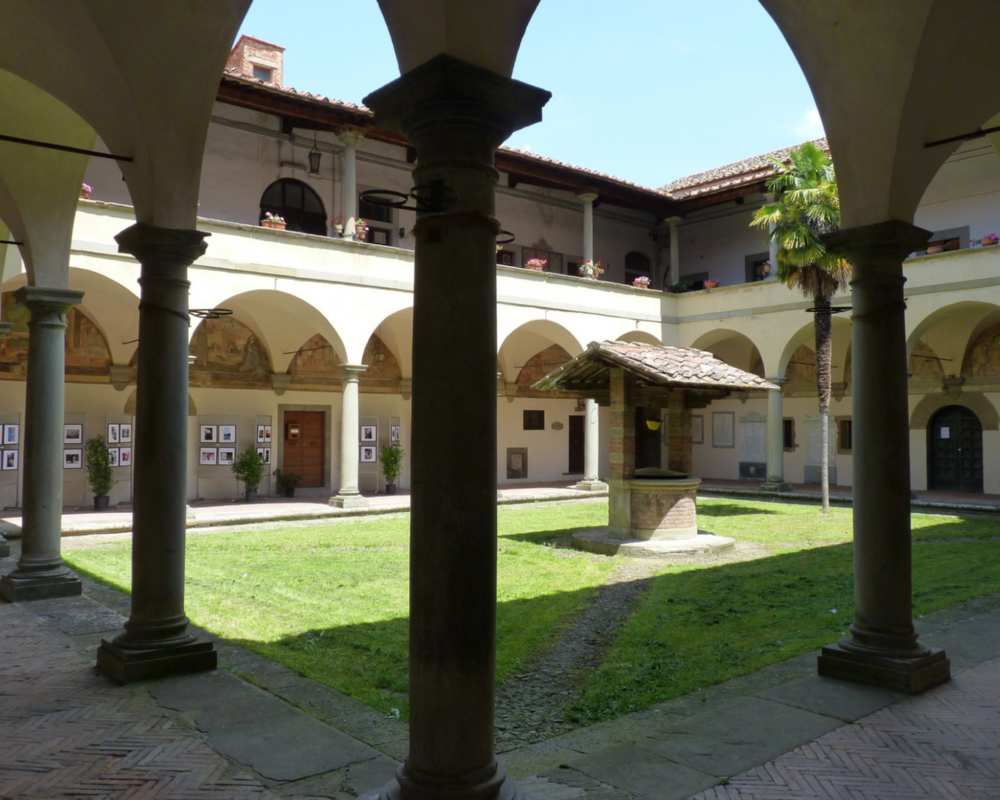
Castiglion Fiorentino is a small, walled city located near Arezzo and Cortona. The earliest mention of Castiglione dates to the 10th century, when it was an estate owned by the Marquise of Monte Santa Maria. It was once strategically important, highlighted by several architectural structures, like the imposing town walls and the impressive fortified Cassero. Because of this importance, over the centuries, it passed from ruler to ruler before it became part of the Grand Duchy of Tuscany, dominated by the Medici family. The history of Castiglion Fiorentino stretches back even further, however, as seen by recent archeological discoveries which brought to light its status as a vital centre of Etruscan civilization in the Valdichiana.
Some main sites in the town worth seeing are the Church of Sant’Angelo al Cassero, where, during restoration, a stretch of the Etruscan town wall dating to the 4th century BCE was discovered in the crypt, as well as Piazzale del Cassero, where an excavation has unearthed a sanctuary, the castle walls, an Etruscan gate also dating to the 4th century BCE, the Casseretto, Palazzo Pretorio and the Archeological Museum.
Pontassieve
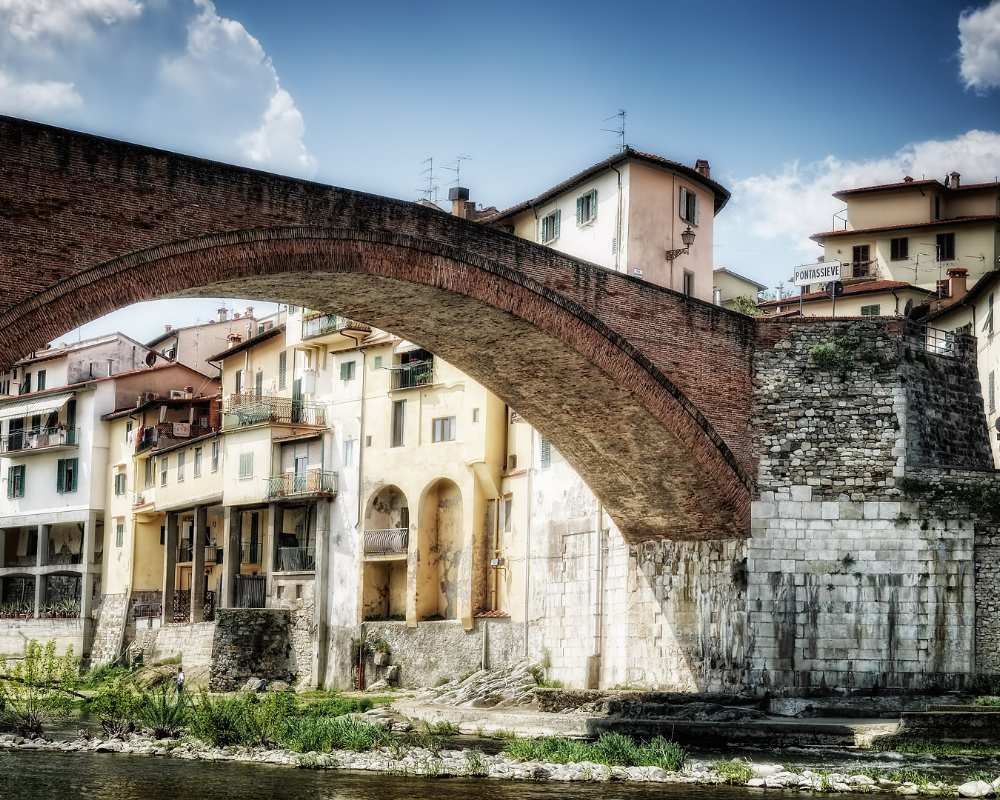
Pontassieve takes its name from the bridge (ponte) over the Sieve River that connects Florence and the Val di Sieve. The town is located about 21 kilometres east of Florence, and was immediately viewed as an area of enormous strategic importance, which explains why the town was fortified. The most important period of growth for the town was in the 18th century, under the rule of the Lorraine Grand Dukes, when, thanks to two new roads, both trade and population increased. During World War II, because of its importance as a railway junction, Pontassieve suffered substantial damage and was repeatedly bombed by Allied planes, destroying the town almost entirely. Today, the town's appearance dates to the post-war period, even though the town has kept its original medieval look in the town centre. There are many churches and parish churches worth visiting, like the Sanctuary of Madonna del Sasso, as well as a beautiful surrounding countryside with olive groves and vineyards.
Sovana
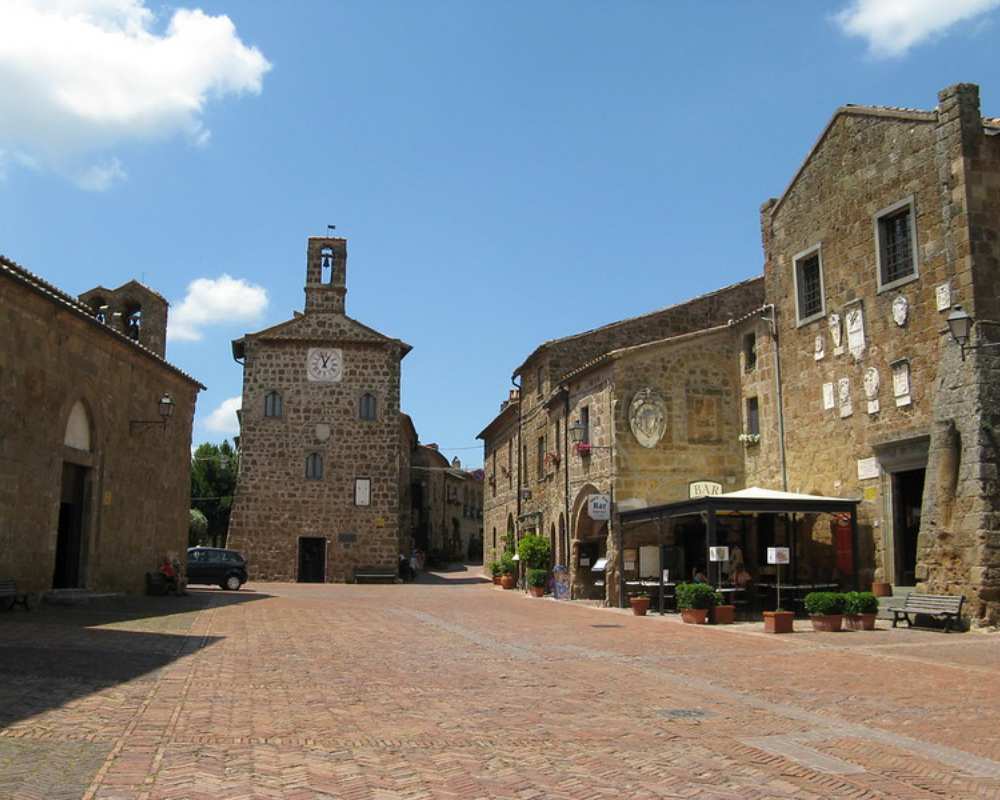
Sovana is a small town situated near Sorano, in southern Tuscany, and is known for being one of the major Etruscan cities, a medieval and Renaissance town and an episcopal seat. Sovana is also included on the list of the Most Beautiful Villages in Italy. The main sights include the Rocca Aldobrandesca, probably built on top of a pre-existing Etruscan/Roman fortress, Palazzo Pretorio (13th-15th centuries), the Romanesque Church of Santa Maria Annunziata (12th-13th centuries), the Cathedral of San Pietro, built in the 11th-12th centuries on top of an older 8th-century building in Romanesque style and decorated with biblical scenes and a curious relief of a two-tailed mermaid, and the Church of San Mamiliano, which may be the oldest place of worship in the village.
Sassetta
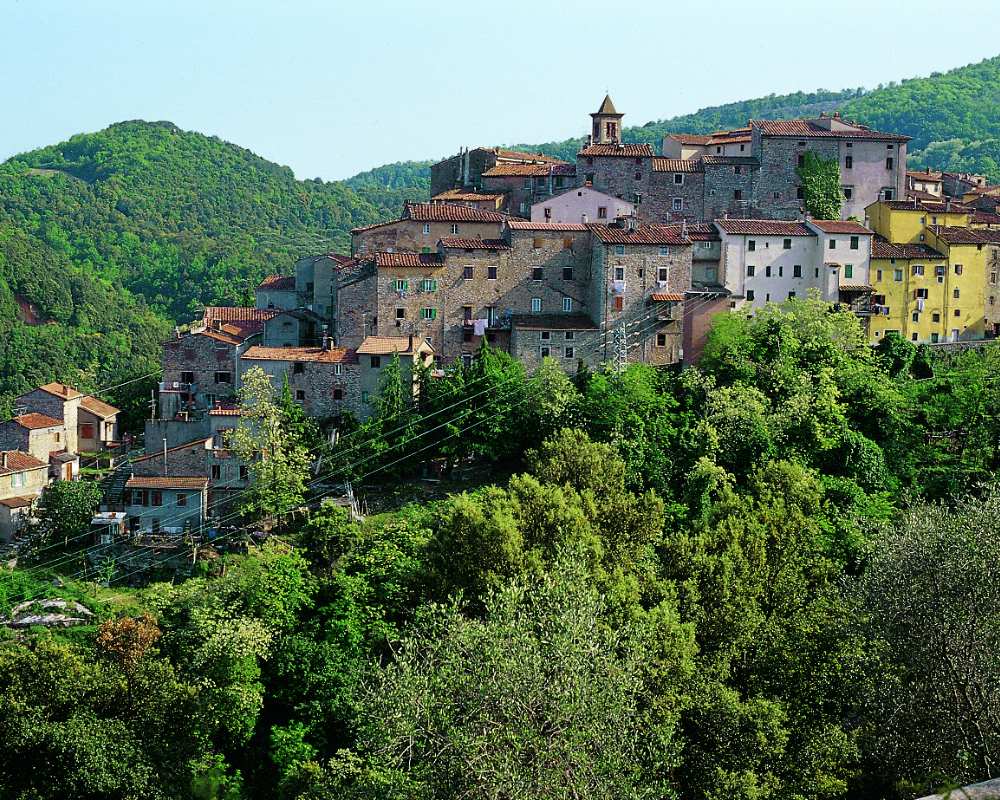
Sassetta is located about 50 kilometres from Livorno. Mentioned as early as the 11th and 12th centuries, it’s surrounded by chestnut woods and Mediterranean scrub. At the Woodland Museum, visitors can find an interesting themed exhibition about local daily life and trades, like chestnut and blackberry picking and being a coal merchant, while the amazingly beautiful Poggio Neri Park is an oasis of uncontaminated nature.
Some places of interest include the ruins of the Orlandi Castle, Palazzo Ramirez de Montalvo, the Church of Sant’Andrea and the Oratory of San Rocco. As you head to the south, towards the Cornia River, you can find a hiking route through the woods, which includes Monte Calvi and the hills north of Castagneto Carducci.
Massaciuccoli

The village of Massaciuccoli is situated in the heart of the Versilia, in the municipality of Massarosa, and preserves traces of human presence stretching back to Prehistory. Olive trees, Lake Massaciuccoli and many ruins from Antiquity characterize the area. The Massaciuccoli Romana archeological area, for example, dates to the Roman era and boasts a perfectly preserved mosaic, two complexes from the Imperial period and Roman baths. In recent years, the site has been renovated to include a museum featuring small objects that were used in Antiquity, like jewellery, vases, coins and are similar items.
The lake, the largest natural lake in Italy, is also immensely interesting, a wilder, yet more peaceful side of the Versilia compared to the town and the archeological site. The LIPU Oasis of Massaciuccoli is a protected area that aims to preserve the local animal and plant life. Here, you can find wooden trails that wind through the marshes, as well as special observation points for bird-watching.
Montignoso
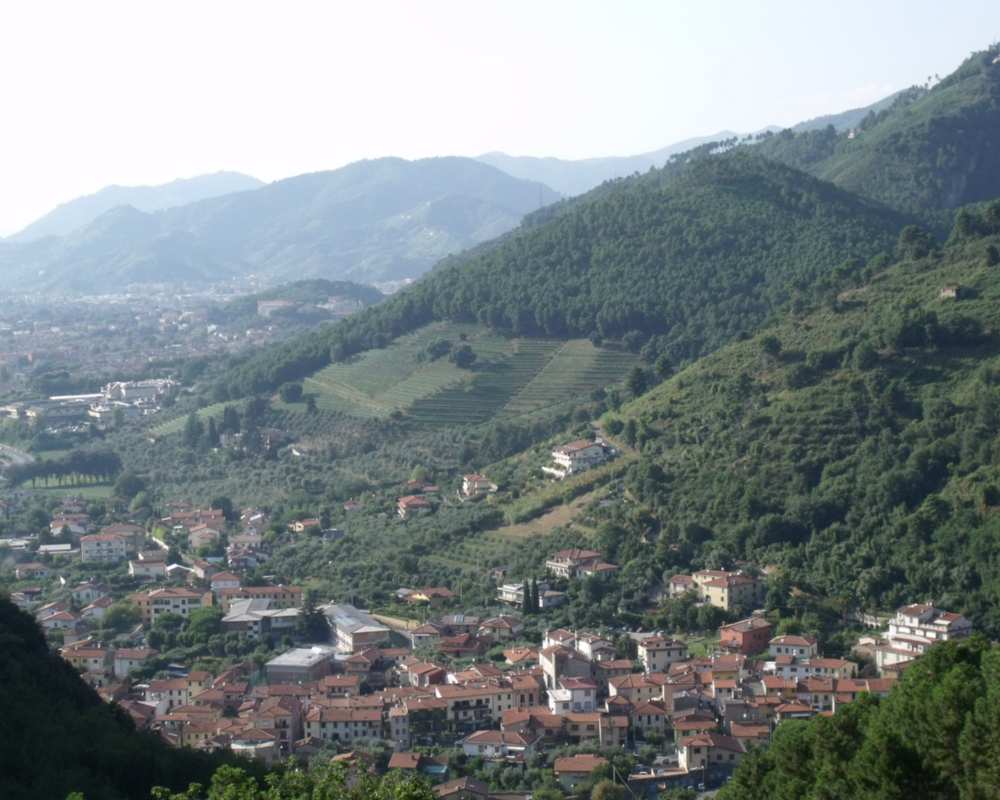
Located 3 kilometres from Massa, Montignoso doesn’t have a town centre because it’s actually a diffused town, comprising a number of independent hamlets. The medieval Aginulf Castle, now known as Aghinolfi Castle, was the earliest modern settlement of the town and a strategic observation point for the military. The municipality of Montignoso, situated on the Gothic Line, suffered heavily during World War II, and was awarded the Gold Medal for Civil Valour.
The main sites to see include the castle, Villa Giorgini Schiff, a splendid 19th-century residence and the current seat of the municipal government, the Church of Sant’Eustachio (15th century) and the Parish Church of Santi Vito e Modesto (12th century).
Lari
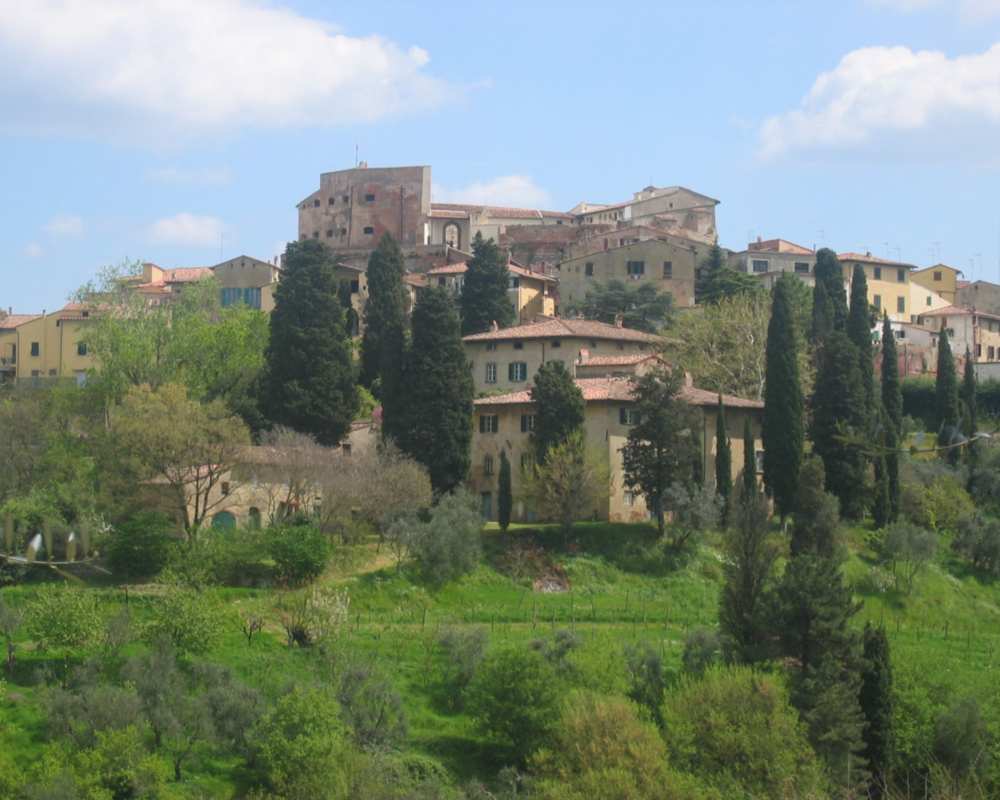
Lari is a hilltop hamlet located about 25 kilometres southeast of Pisa, and was awarded the Orange Flag by the Italian Touring Club, declaring it one of the most interesting small towns in Italy. Inhabited since Etruscan times, the town was important during the Middle Ages, when the castle dominating overhead was built, even though most of the current structure only dates to the mid-1600s. The defense walls around the fortress still stand, however, with three gateways protecting the complex, Porta Fiorentina, Porta Pisana and Porta Volterrana. Some of the monuments worth seeing in Lari include the 15th-century Church of San Leonardo e Santa Maria Assunta.
Abetone
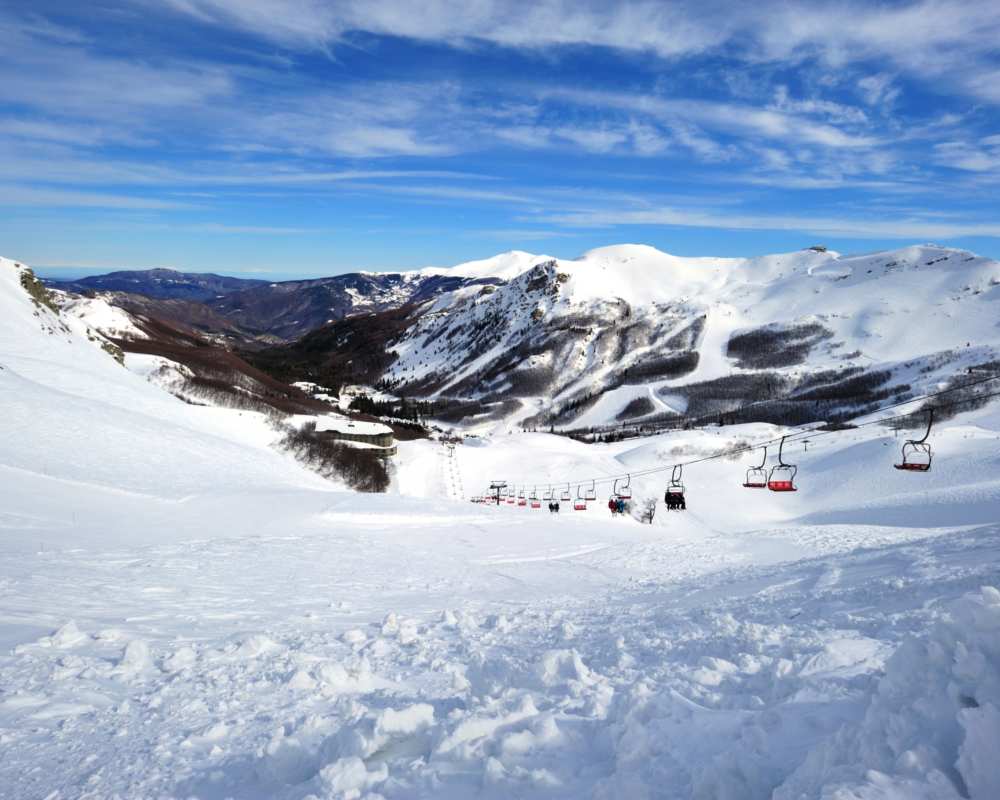
Abetone is located in the Tosco-Emilian Apennines, near the border with Emilia-Romagna. Known as a holiday resort in both the summer and winter, it’s considered the most important ski resort in the Apennines. In the 19th century, Abetone was a destination for elite tourism and has over 50 kilometres of ski slopes across four beautiful valleys – Sestaione, Lima, Scoltenna and the Val di Luce. Abetone – making it a haven for skiing pioneers in the early 20th century. Today, it’s the perfect place to go for a vacation surrounded by peace and quiet.
Montepiano
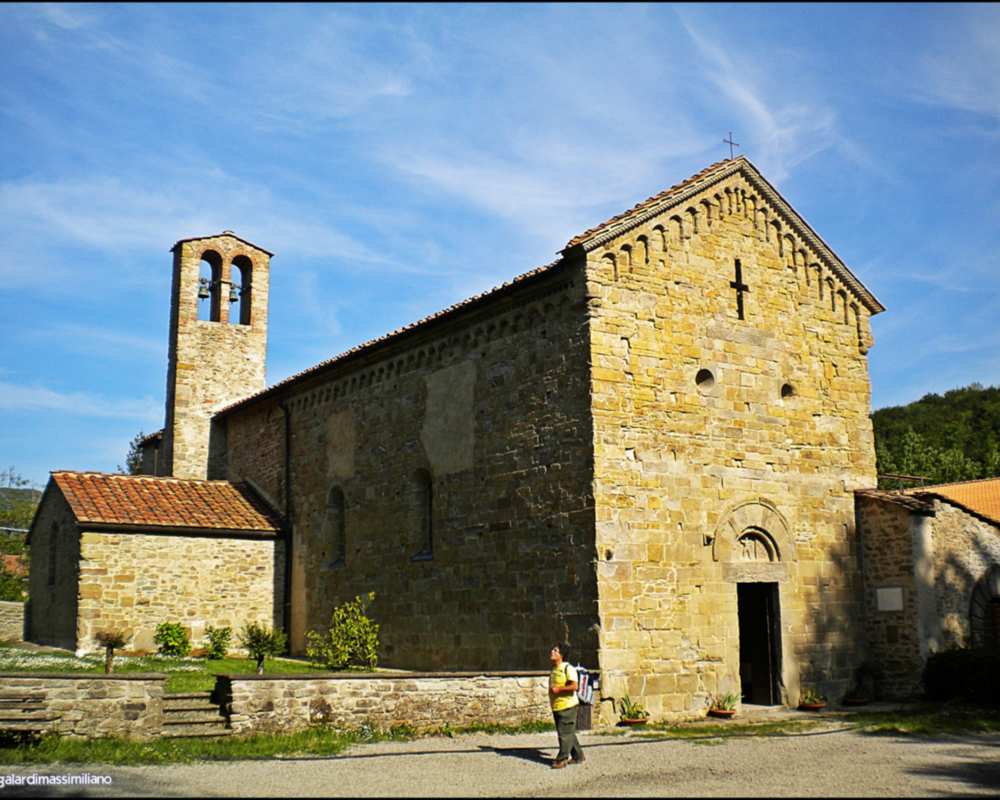
Montepiano is one of the most beautiful tourist resorts in the Tosco-Emiliano Apennines, located in the province of Prato, close to the Setta River and surrounded by mountains, dense forests and sunny meadows. Its territory borders the "Alta Carigiola e Monte delle Scalette" Protected Area of Local Interest in Tuscan, as well as the Parco dei Laghi in Emilia-Romagna. The centre of the village dates to the 19th-century, with bars, hotels, restaurants and shops, making it the ideal destination for anyone looking to escape the hustle and bustle of the city. While the centre bears an appearance only a few hundred years old, there are still historical monuments to be found, including the Abbey of Santa Maria, built in 1095.
Radicondoli
Located 25 kilometres from Siena, Radicondoli is a walled town perched on a hilltop with panoramic views of the Tuscan countryside, including the Val di Cecina. Human settlements have been documented here since the Etruscan and Roman eras, but the medieval town erased all traces of what came before. A few interesting landmarks include the Elci Castle, the Convent of San Francesco, the Parish Church of San Simone, a two more castles and the Energies of the Territory Museum.

